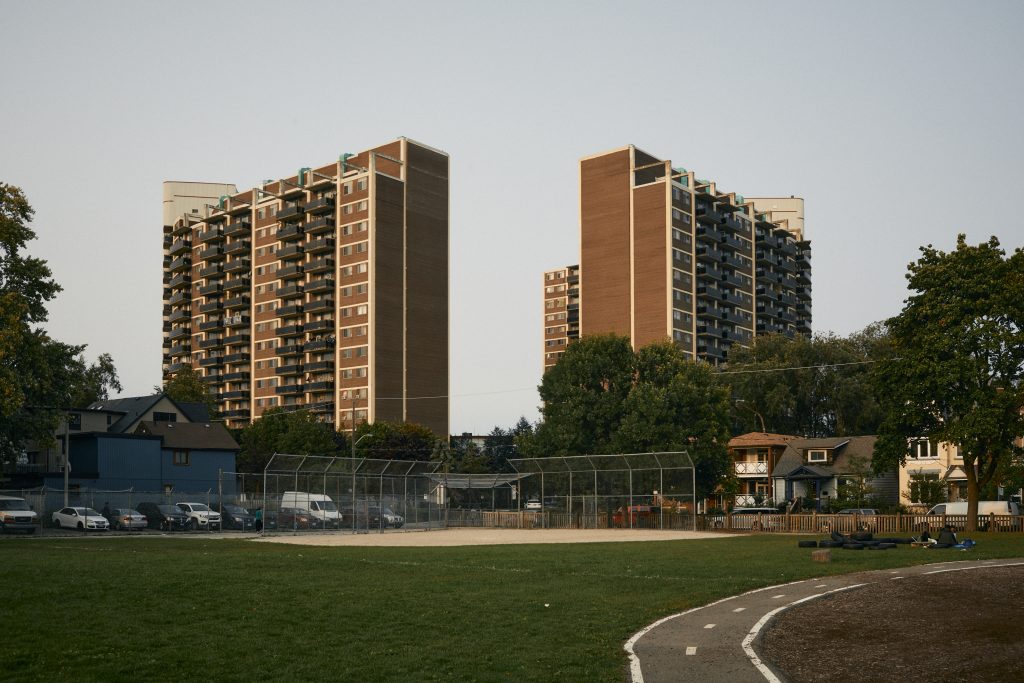
by Benjamin Brown
What does Left radicalism look like in an age of climate breakdown? Should the state assume control of subsoil resources to fund social spending and reduce inequality, or oppose extractive development at all costs? Such questions are interrogated in Resource Radicals: From Petro-Nationalism to Post-Extractivism in Ecuador by Thea Riofrancos, where we are invited to contemplate the tensions emerging between the ‘left-in-power’ and the ‘left-in-resistance’ through the lens of Ecuador’s recent political history.
The triumphant election of socialist president Rafael Correa in 2006, on a promise to end the ‘long night of neoliberalism’ and reverse regressive structural reforms with support from the country’s powerful social movements, turned sour after the new government abandoned proposals to leave oil in the ground and accelerated mining projects. A discourse of radical resource nationalism, which decried US imperialism and the control of oil, gas and minerals by foreign corporations, previously united social and political movements and helped propel the Left to power. However, new cleavages opened up between a state seeking revenue to fund spending on infrastructure, public services, and cash transfers to the poor, and erstwhile indigenous and environmentalist allies who opposed the deepening structural dependency on ‘extractivism’ as a betrayal of their cause. Riofrancos, a political scientist at Providence College, draws on ethnographic and archival data to illuminate the ways in which these struggles unfolded, with lessons that hold relevance across Latin America and for the world at large.
A discourse of radical resource nationalism, which decried US imperialism and the control of oil, gas and minerals by foreign corporations, previously united social and political movements and helped propel the Left to power
Departing from conventional state-centric analyses of resource governance, Resource Radicals foregrounds the collective agency of grassroots actors, pointedly rejecting an image of the state as a ‘monolithic dispenser of public policy’, unencumbered by internal division or broader popular support. The book also challenges the ‘resource curse’ thesis which has dominated scholarship, in which the revenues accrued from abundant resource wealth allows corruption and mismanagement to flourish, with detrimental effects for democracy and broader societal wellbeing. Instead, the book investigates how successive waves of social mobilisation and protest, spearheaded by Ecuador’s powerful indigenous movement, sought to challenge oil, gas and mining projects. Rather than transcending extractive capitalism, critics accused Correa of perpetuating Ecuador’s colonial status as an exporter of raw materials and its subordinate position within the world system, delivering ‘redistribution without structural change’. Resistance from indigenous communities, environmentalists, labour and anti-mining activists coalesced around an emergent discourse of anti-extractivism, juxtaposing the government’s radical rhetoric with its insistence on the development of indigenous territories, disregard for ecosystems, and repression of dissent. Drawing on indigenous philosophies of Sumak Kawsay or Buen Vivir (living well), activists rejected intensive exploitation of natural resources in favour of a radical, post-extractive civilisational model: ‘a total reordering of the relationship between individuals, communities, and nature, based on the principles of reciprocal collaboration’ (p.30).
At the centre of contestations was the status of Ecuador’s 2008 constitution, an ‘ambivalent document’ that both included provisions for citizen participation, Buen Vivir and the ‘rights of nature’, and simultaneously asserted the ultimate authority of the state over subsoil resources. Despite such tensions, it was subsequently embraced by anti-mining activists as a tool to legitimate their claims. Riofrancos provides a vivid account of how the constitution was invoked at key moments of political struggle, including the ten day long ‘March for Water, Life and the Dignity of Peoples’ that brought thousands to the streets for a 700km march from the Mirador copper mine in the Amazon to the Andean capital city of Quito. This discursive struggle to legitimate or contest extractive development elevated local communities as central protagonists through their constitutional right to prior consultation and consent, referencing Ecuador’s status as a multi-ethnic ‘pluri-nation’, and catapulting resource conflicts to the heart of political debate.
Riofrancos provides a vivid account of how the constitution was invoked at key moments of political struggle, including the ten day long ‘March for Water, Life and the Dignity of Peoples’ that brought thousands to the streets for a 700km march from the Mirador copper mine in the Amazon to the Andean capital city of Quito
The latter half of the book discusses how the process of community consultation was gradually diluted, as accusations and counter accusations erupted between the government accusing foreign NGOs of manipulating communities on the one hand, and critics accusing the government of violating collective rights on the other. The Correa administration embraced the language of technocracy, mirroring the discourse of mining companies by discussing conflicts over resource extraction as a ‘technical’ matter that could be solved by supplying the ‘correct information’ to ‘misinformed’ communities. The authority of the state was itself contested by indigenous communities, who rejected the image of passive compliance and contrasted their own intimate knowledge of their territories as ‘a living ecological and cultural landscape’ (p.140) with the unreliability of official data, which was ‘systematically biased’ and reliant on corporate estimations of mineral reserves. Riofrancos offers important insight into internal conflicts that beset the state itself, with Correa’s vociferous pro-mining position moderated by critical bureaucrats more sympathetic to the anti-extractivist cause. Ecuador’s development trajectory was thus moulded by both external constraints, internal state dynamics, and pressure from below.
As Ecuador elects a new president, there is much to be learned from Riofrancos’ account of how these events unfolded, which sheds light on the tense relationship between the state, social movements, and diverse political constituencies that all claim the mantle of the Left while offering starkly different visions of the future. Riofrancos avoids the pitfalls of binary thinking, providing an honest assessment of strengths and weaknesses of both state policies and social movement strategy. The book recognises the significance of rapid drops in poverty and inequality that occurred under the Correa administration while remaining alert to its failures, as it pursued development ‘without transforming the model of accumulation or the class relations that it generates’ (p.182). The vulnerabilities of this model – oil financed approximately one third of the state budget – were exposed with the abrupt end of the commodities boom that had generated resource rents, and contributed to the justification for austerity measures imposed under Correa’s successor Lenin Moreno. Yet as demand for metals and minerals intensifies to drive the renewable energy transition, mining remains an enticing prospect for future governments.
There is much to be learned from Riofrancos’ account of how these events unfolded, which sheds light on the tense relationship between the state, social movements, and diverse political constituencies that all claim the mantle of the Left while offering starkly different visions of the future
Resource Radicals marks an important contribution to burgeoning literature on resource politics and democratic practice, interrogating how ideological fragmentation exposed underlying ecological contradictions, evolving relationships between the state and citizens, and limits of prevailing development models. Despite the fallout between them, Riofrancos ultimately concludes that both ‘left-in-power’, and ‘left-in-resistance’ are essential to address the current planetary crisis in all its ecological and political dimensions. Rather than view ‘socialism’ and ‘anti-extractivism’ as two irreconcilable political projects, the book gestures to another possibility: ‘a political programme that demanded both the redistribution of oil and mining revenues and a transition away from the extractive model of accumulation that generates those revenues.’ In doing so, it offers lessons on how to navigate politically difficult terrain as resource struggles intensify, bringing nuance and insight to debates that will shape the world to come.
Benjamin Brown is a researcher and activist based in Edinburgh, Scotland, with an interest in land rights, extractivism, and climate justice. He tweets at @_dead_reckoning.
